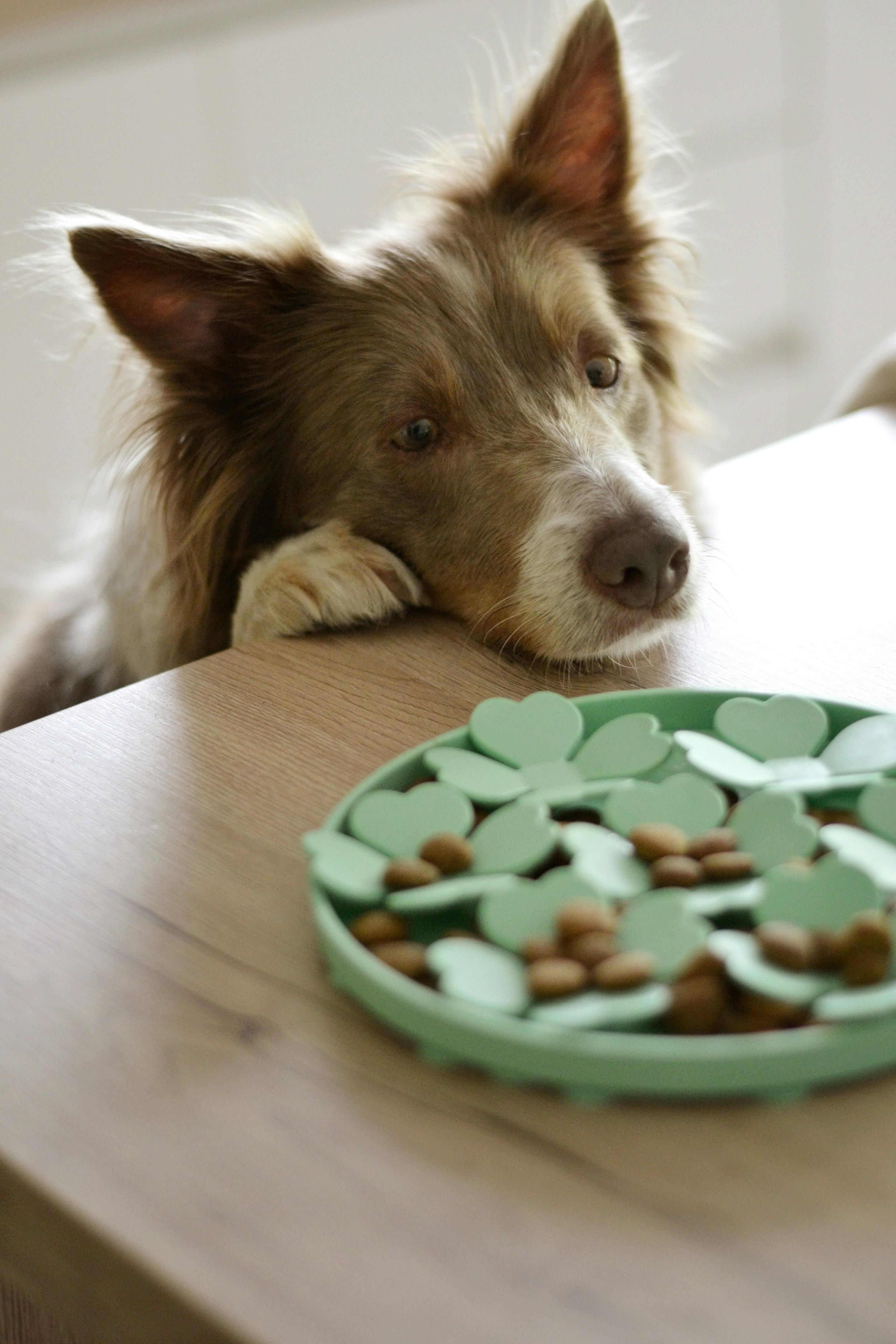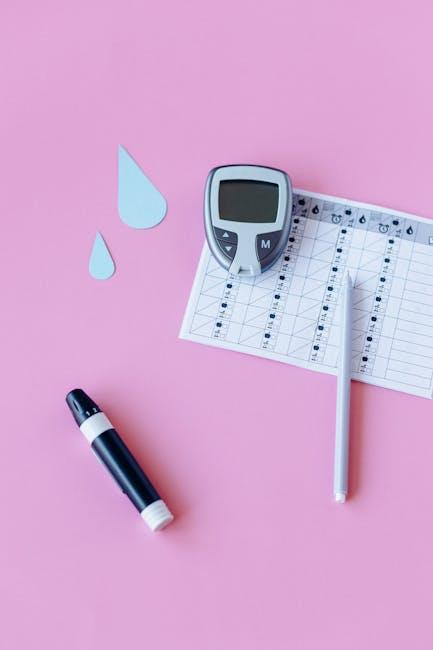In the gentle embrace of a quiet morning, as sunlight filters through the leaves and your furry friend nestles by your side, a familiar challenge may arise: administering medication for their chronic condition. It’s a task that intertwines care with caution, love with responsibility. Navigating this journey requires not just knowledge, but a heartfelt understanding of your pet’s unique needs. Join us as we explore the art of safely administering pet medications, transforming what might seem daunting into a nurturing ritual of trust and healing. With warmth and guidance, we’ll ensure that each step is taken with confidence and compassion.
Understanding Your Pets Unique Needs
Every pet is unique, with their own quirks and specific health requirements. Understanding these individual needs is crucial when administering medications for chronic conditions. Just like humans, pets can have diverse reactions to medications based on factors such as breed, age, and overall health. It’s essential to observe your pet closely and communicate with your veterinarian to tailor a treatment plan that suits them best.
Consider the following to cater to your pet’s specific needs:
- Consultation: Regular check-ups ensure that the medication dosage is appropriate and adjustments can be made if necessary.
- Monitoring: Keep a close eye on any changes in behavior or health, and report these to your vet.
- Preferences: Some pets prefer medications mixed with food, while others might need them in a treat form. Experiment to find what works best.
Remember, a well-informed approach not only safeguards your pet’s health but also strengthens the bond you share.

Creating a Stress-Free Medication Routine
Developing a consistent and calm medication schedule for your pet can transform what might be a stressful experience into a bonding moment. Start by integrating medication times into your daily routine, aligning them with activities your pet enjoys, such as feeding or playtime. This association can help your pet anticipate and accept the process more willingly. Consistency is key—try to administer medications at the same time each day to establish a predictable rhythm.
- Prepare the Environment: Create a quiet, comfortable space where your pet feels safe.
- Use Positive Reinforcement: Reward your pet with treats or affection after administering medication.
- Organize Supplies: Keep all medications and tools in one easily accessible location.
- Track Progress: Maintain a simple chart or app to record doses and monitor any reactions.
By embedding these practices into your routine, you can cultivate a sense of security and ease, making medication time a positive experience for both you and your furry friend.

Tips for Accurate Dosing and Timing
- Consistency is Key: Administering medications at the same time each day helps maintain stable drug levels in your pet’s system. Set a daily reminder on your phone or use a calendar app to keep track of dosing times.
- Measure with Precision: Use the proper tools such as a pill cutter or liquid syringe to ensure your pet receives the exact dose prescribed. Household spoons can vary in size and are not reliable for accurate measurements.
- Watch for Signs: Keep an eye on your pet for any changes in behavior or symptoms. This can help you determine if the medication is working effectively or if adjustments are needed.
- Consult Your Vet: Before making any changes to the dosage or timing, always consult your veterinarian. They can provide guidance based on your pet’s specific needs and health condition.
Creating a peaceful environment during medication time can make a world of difference. Approach your pet with calmness and patience, turning the experience into a bonding moment rather than a chore. Consider using a special treat or a favorite toy as a reward to create positive associations with the process. By being mindful and attentive, you ensure your furry friend receives the care they need in the most comforting way possible.
Monitoring Progress and Communicating with Your Vet
Regularly tracking your pet’s response to medication is essential for their well-being. Keep a journal of any changes in behavior, appetite, or symptoms. This will be invaluable when discussing your pet’s health with your veterinarian. Make note of the following:
- Any side effects or unusual reactions
- Changes in energy levels or mood
- Appetite and weight fluctuations
Sharing these observations with your vet can help tailor the treatment plan to better suit your pet’s needs.
Open and frequent communication with your veterinarian builds a partnership focused on your pet’s health. Don’t hesitate to ask questions or express concerns. Regular check-ins can ensure that the medication dosage is correct and adjustments can be made as needed. Use tools like email or vet portals for quick updates, and schedule regular visits to maintain a comprehensive understanding of your pet’s condition.


































